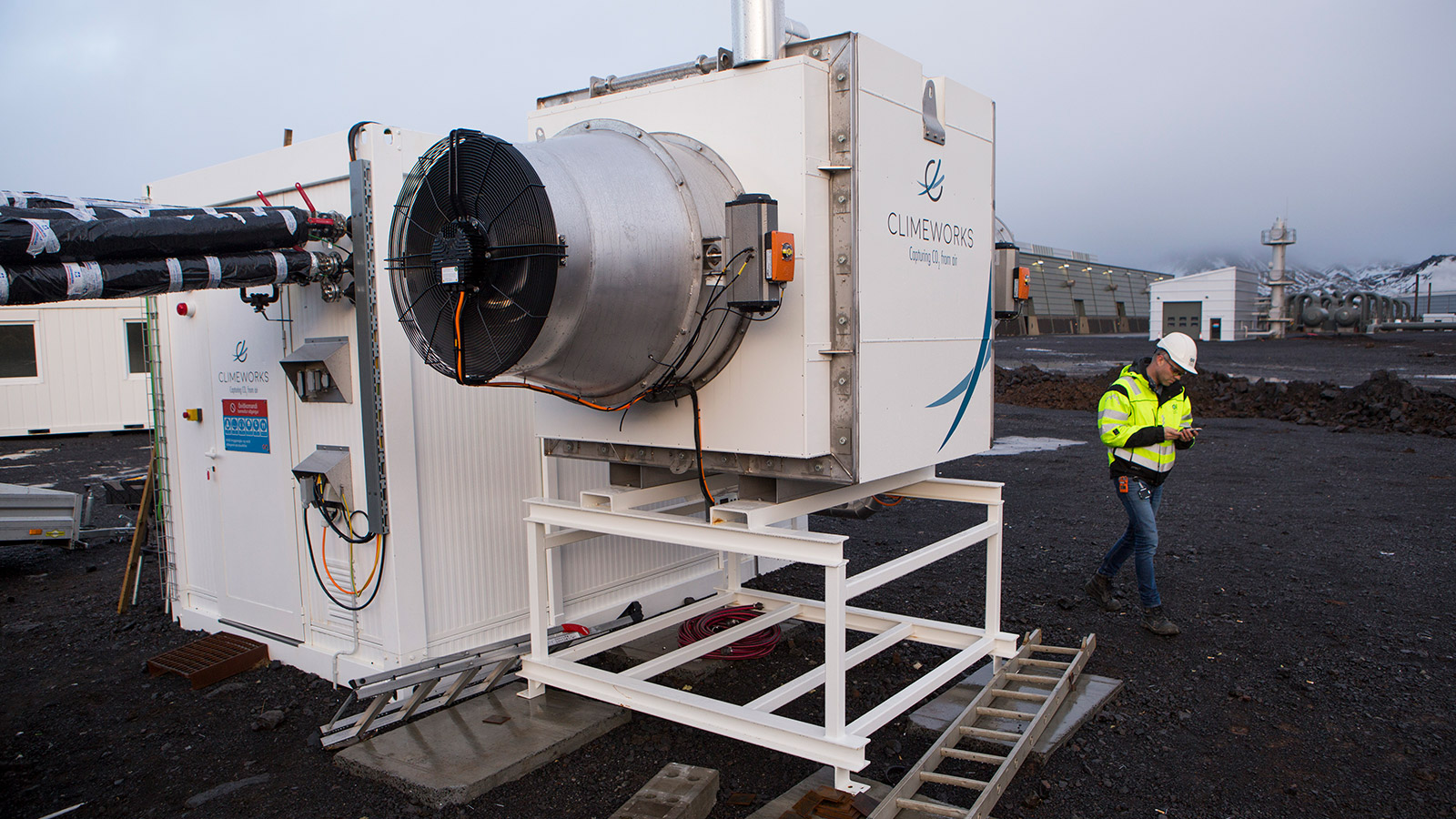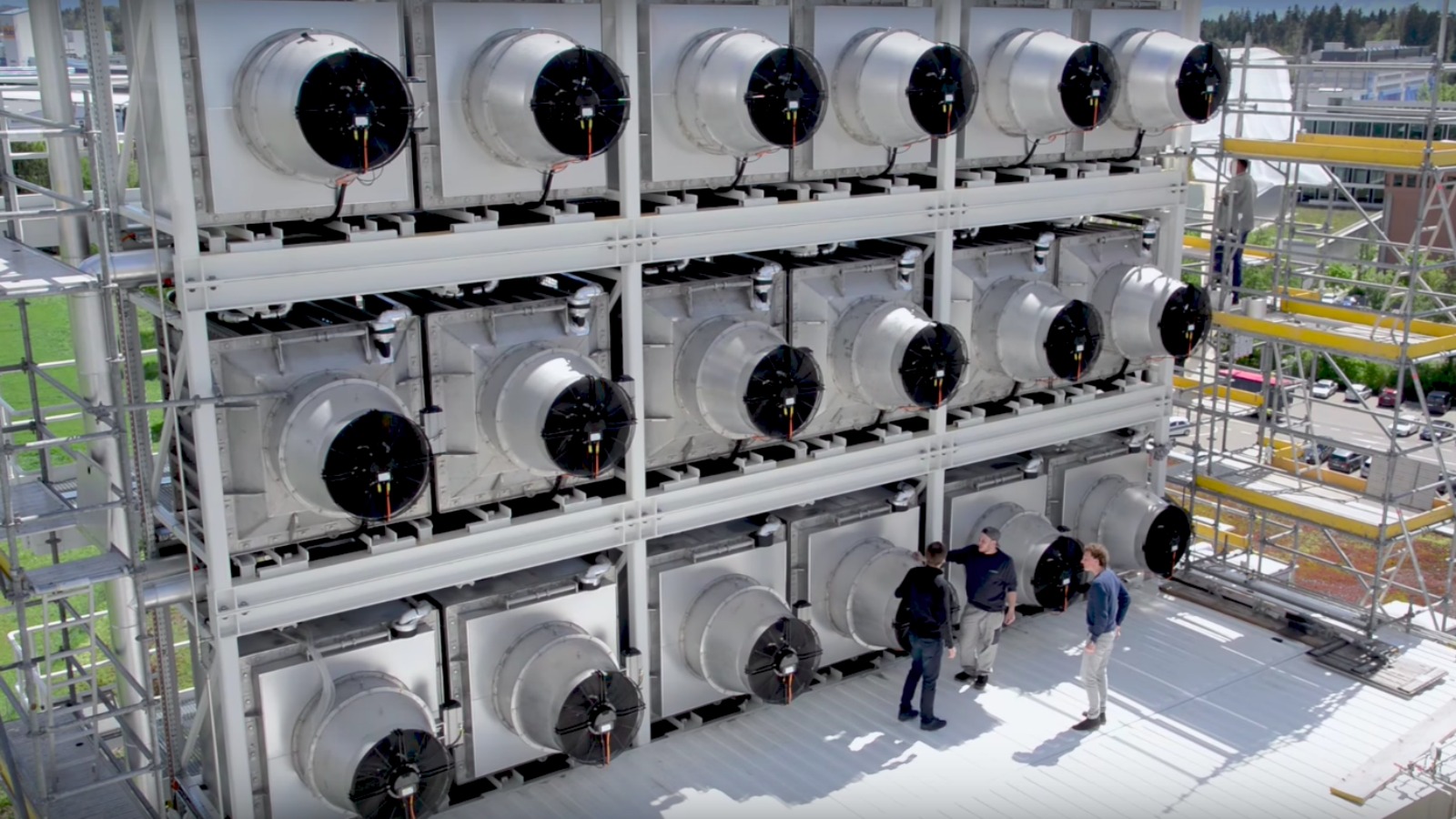If we don’t suck carbon now, life will suck later. That’s the underlying theme of a report out Wednesday from the U.S. National Academy of Sciences. The 350-page paper looks at the prospects for carbon sucking — known to the fancy-talk types as “negative emissions technologies.”
We not only have to stop turning up the heat with carbon emissions, but also start turning down the thermostat with negative emissions technologies, according to the report.
The upshot? The United States should start spending billions to research negative emissions “as soon as practicable.”

United Nations Environmental Program
Even before that research is complete, the Academy estimated that the world could start taking steps right away. Some 10 gigatons of carbon could be removed from the air each year — about a fifth of all emissions — simply by growing more trees and taking better care of soil.
As anyone reading Grist knows, temperatures are on track to soar past the limit (1.5 degrees Celsius of warming) that the global community has set to dodge the worst consequences of climate change. The NAS paper follows an alarming study from the United Nations’ scientific panel that called on the world to take all manner of solutions to curb warming.
What exactly are these technologies? The NAS report outlines a few. For starters, walls of fans sucking up air and removing carbon. Those are already up and running in Iceland and Switzerland; they’re just expensive to run. Cheaper methods rely on plants: Fostering mangroves and eelgrass along the coasts, allowing forests to regrow, and enriching farm soils.
Most of these methods would cost less than $20 per ton of carbon. That’s about what polluters are charged for carbon emissions in California and the European Union.
The researchers also studied sucking up carbon with plants, then burning those plants for energy and capturing the pollution, a practice known by the un-catchy acronym BECCS “bioenergy with carbon capture and sequestration.”
BECCS could suck up a lot of carbon, but scaling it would require burning whole forests and huge fields of crops. If we tried to snare 10 gigatons with BECCS, that would take the equivalent of 40 percent of global farmland. Erica Belmont, a professor of engineering at the University of Wyoming who worked on the report, said her team wanted to estimate how much could be done without risking hunger and habitat destruction that would come from turning any farms or forest into carbon-sucking a plantation.
Researchers also examined the possibility of transforming carbon into stone. That sounds like alchemy, but it’s happening naturally all the time: Minerals like calcium and magnesium bind with carbon in the air to form rocks such as calcite, magnesite, and dolomite. Of all the techniques laid out in the report, this one has the largest potential.
“You could remove all the carbon dioxide from the atmosphere many times over if you could bring the rocks to the atmosphere or the atmosphere to the rocks,” said Steve Pacala, the Princeton scientist who led the research for this report.
Arguments for developing negative-emission technologies have stirred up controversy in the past. Critics have said it gives polluters a pass, permitting them to continue business as usual. Better to stop putting ever more carbon into the atmosphere, first, then clean it up later.
But we’ve let carbon pollution rise so much that that this debate is out of date. “Later” has arrived.




